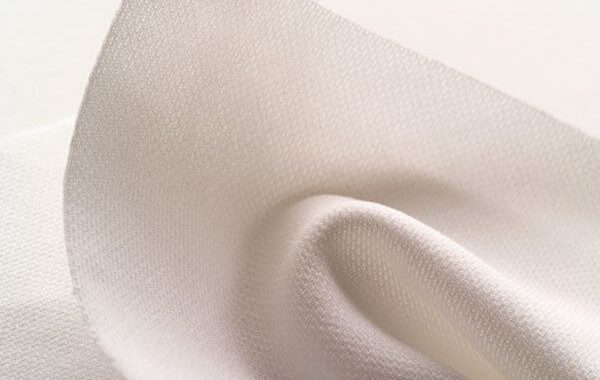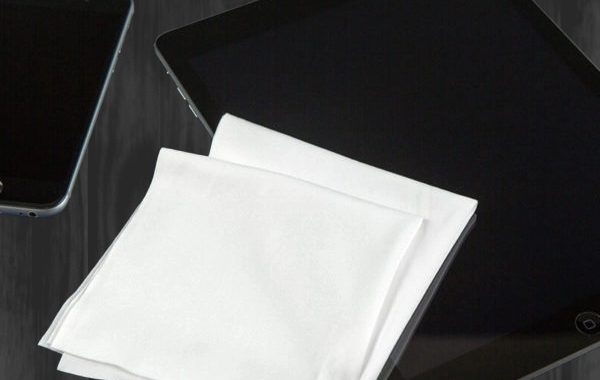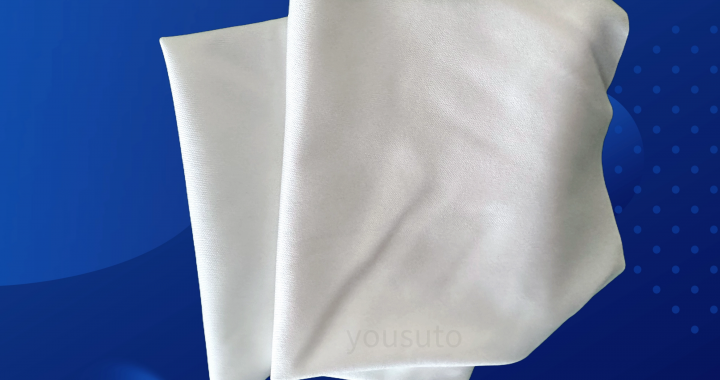Antistatic cleanroom wipes are essential for protecting sensitive electronic components and maintaining particle-free environments. Proper selection and maintenance ensure optimal performance, longevity, and contamination control.
Key Features:
-
Antistatic Protection: Minimizes electrostatic discharge (ESD) to safeguard semiconductors, PCBs, and delicate devices.
-
Lint-Free and Non-Abrasive: Prevents fiber shedding and surface scratches during cleaning.
-
High Absorbency: Efficiently removes oils, dust, and residues while reducing wipe usage.
-
Chemical Compatibility: Safe for use with IPA, deionized water, and approved disinfectants.
Selection Guidelines:
-
Material Quality: Choose high-density, tightly woven fibers for durability and absorbency.
-
Wipe Size and Packaging: Match to task requirements; consider pre-wetted or dry options.
-
Antistatic Certification: Ensure ESD-safe standards for electronics applications.
-
Compatibility with Cleaning Agents: Verify resistance to IPA, solvents, and lab chemicals.
Maintenance Tips:
-
Proper Storage: Keep wipes in sealed, cool, and dry containers to prevent contamination and evaporation.
-
Avoid Cross-Contamination: Use wipes for designated surfaces or tasks only.
-
Regular Inspection: Check for fiber shedding or damage before use.
-
Controlled Usage: Discard single-use wipes after cleaning; reuse only per manufacturer guidelines.
Benefits:
-
Protects Sensitive Components: Prevents static damage and contamination.
-
Extends Wipe Lifespan: Proper selection and care maintain performance.
-
Improves Cleaning Efficiency: High absorbency and antistatic properties reduce time and waste.








